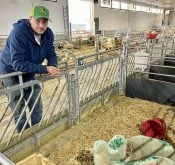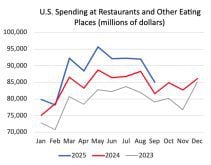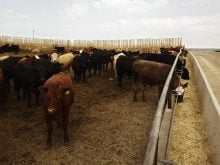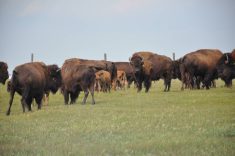With more than 189,000 reported cases of BSE in Great Britain since 1986, the main goal of scientists in that country is to stop recycling the fatal brain wasting disease, says a British veterinarian.
“The truth is the origin of BSE is unknown and may never be known with certainty,” said Ray Bradley, a former veterinary surgeon and head of pathology in Britain when BSE hit. He is now a private BSE consultant.
The country restricted cattle feed ingredients in 1988 when scientists realized that feeding cattle meat and bone meal was a common factor among all cases. The ban was meant to cut off the source, but they had no idea if it would work because the epidemic peaked in 1993.
Read Also
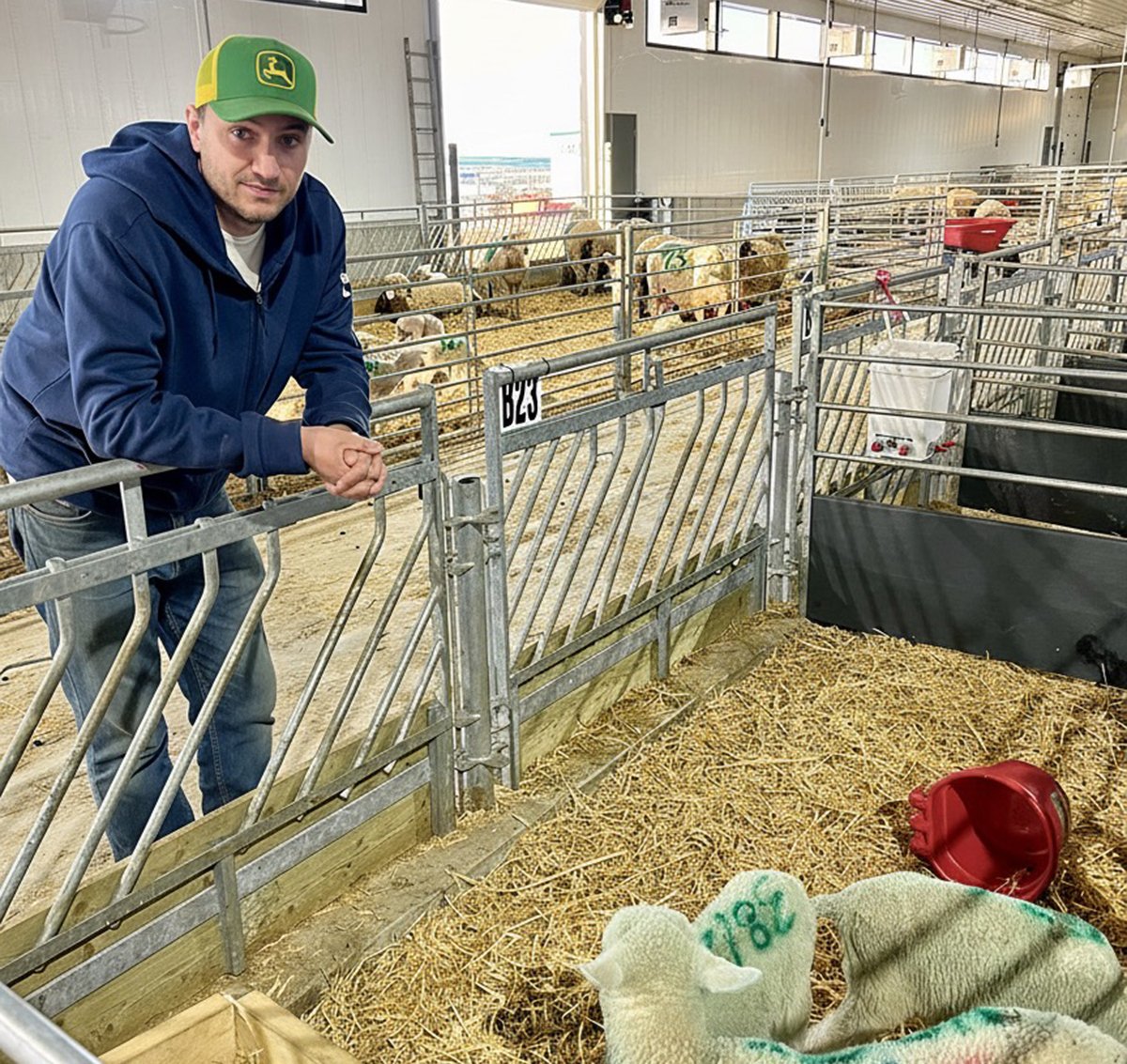
Solar, sheep provide valuable farm diversification
Eric Steeves says raising sheep on forages grown under solar panels provided economic stability and perhaps even saved his family’s fifth generation southern Alberta grain farm.
Bradley said British authorities made mistakes partly because little was known about the disease.
As more was learned, a wider feed ban was implemented in August 1996, removing specified risk materials such as brains, spinal cords, tonsils and eyeballs from livestock meat and bone meal mixes. This material appears to be the most infectious, and in Britain it is removed and destroyed.
“If rules are perfectly enforced, the SRM ban protects all species from transmissible spongiform encephalopathies,” Bradley said at a meeting in Calgary organized by PrioNet Canada, a research institute that gathers scientists from across the country to study prion related diseases.
However, Bradley said Britain has experienced 45,275 BSE cases in cattle born after the first ban and another 140 born after the stricter ruminant ban. These are known as BARB cases, for “born after the ban.”
In many cases since 2001, the average age of the animal is 10 or 11 years. Earlier cases averaged four to six years of age.
Born after the ban cases were likely due to human error, in which people did not realize the full risk of cross contamination or the fact that one milligram of material is capable of infecting an animal.
As well, no feed tests were available in 1988 to enforce the rule and no feed recall or advice was available to farmers to clean old feed out of bins and troughs.
Before meal made from specified risk material was banned, some feed mixes were available for chickens and hogs as well as pets. Cross contamination occurred in mills or farms.
In one situation, a farmer bought rabbit food on sale and fed it to his cattle. A couple of BSE cases were later linked to that farm.
The European Union did not impose a feed ban until 1994, and material was exported to Britain. The EU did not implement a full ban until 2001.Cases continue to decline. In 2006, only 242 cases were reported worldwide.
Today poultry producers are suggesting they want protein that may include specified risk materials. There is probably no risk, Bradley said, but it is highly unlikely other livestock will receive it again, partly because of public pressure.
“The consumer is the decider of these things,” he said.



